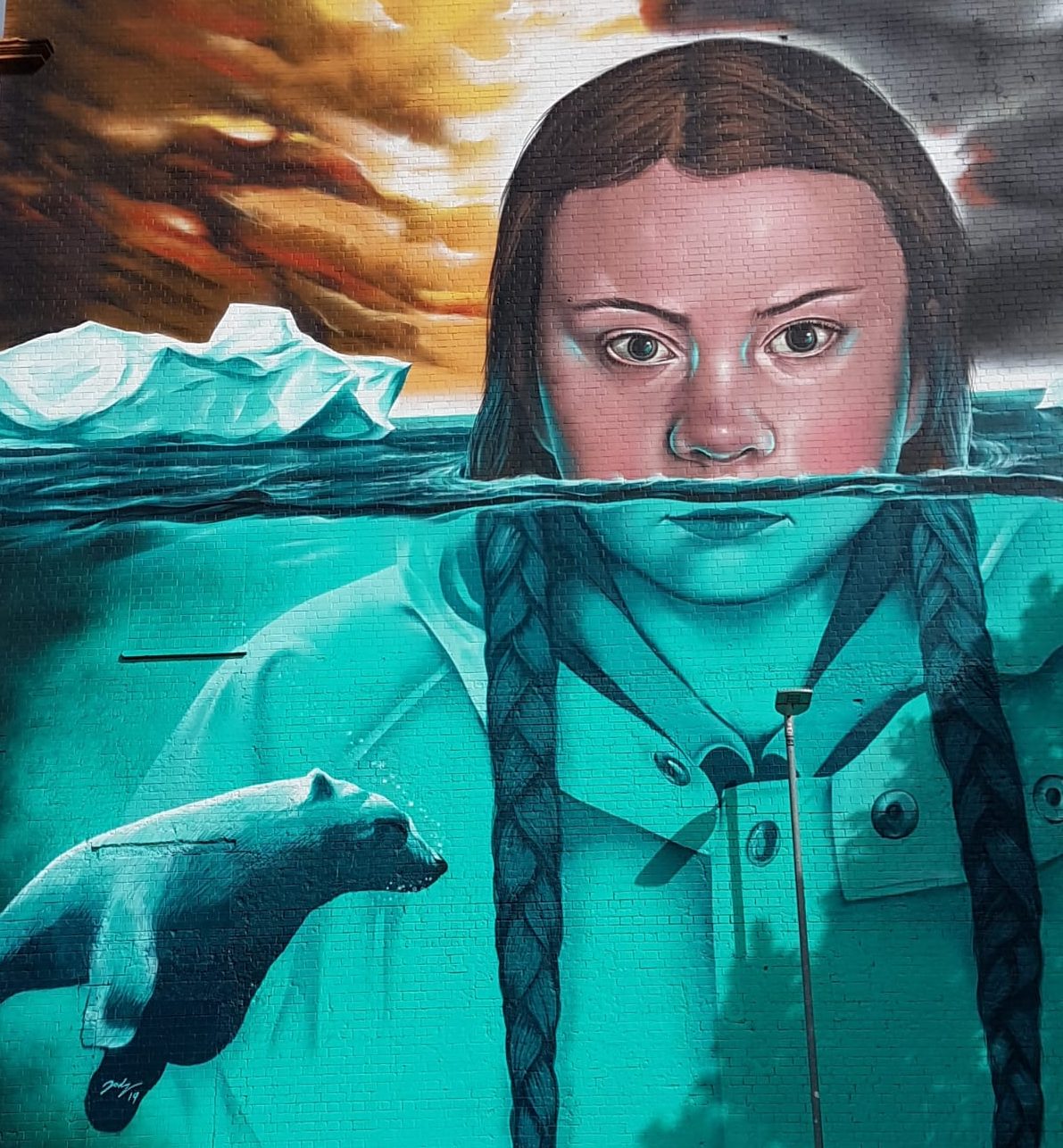Just as we have seen scientific evidence of a number of climate Tipping Points having been reached across the world, so we need to recognise the climate catastrophes already happening. Armageddon is not a date in a diary. Societal collapse is not predictable according to any calendar either.
Climate science is detailing the historic degradation of the environment and modelling potential futures with growing accuracy. Ice melt, methane release, slowdown in ocean currents, record temperatures, mega-hurricanes, all signs and symptoms of climate collapse.
Through a similar process we can map the fragmentation of human society. Models of possible futures tend to be created by including as many known variables as possible and seeing how they inter-relate to produce a new dynamic.
So the understanding of human history becomes vital to our recognition of our potential futures. And there’s the first challenge. History is subject to interpretation to an extent that scientific fact is not. There is a “People’s History” and a “Victor’s History” written of any one event or era.
For example, established history suggests that the First World War was “won” by the British Allies and Germany “defeated”, whilst the people’s history would argue that mutiny and revolution prevented the national ruling classes from continuing their genocidal barbarism (only to reignite the carnage by 1939).
Through the same ideological tensions the history of climate change is explained away by Establishment historians as the ebbs and flows of natural forces, redacting, censoring or denying the early scientific observations of the human-made climatic impact of carbon emissions offered from the 1880’s onwards.
Nevertheless, we have sufficient independent record of how society works to be able to predict a lot about how society collapses. The desertification of ancient Mesopotamia was caused, in large part, through water wars that restricted and diverted access to supplies. The Anasazi, ancestors of the Pueblo Indians in today’s USA, over-used their natural resources and became all but extinct through drought and famine by the 1300’s.
A recent model developed by a team at Ruskin University suggested that global human society will collapse in less than three decades due to catastrophic food shortages. Another, by the John Hopkins Centre, modelled that society as we know it would collapse within 13 days of any catastrophic event: a pandemic, Yellowstone exploding, or an exchange of nuclear weapons. These are the predictions of catastrophe most advertised by the more sympathetic climate commentators.
But it would seem that many of the indicators of social collapse are already appearing. Its more a slow burn than a sudden event. What, in fact, are we observing?
Primarily a definite polarisation between peoples within most nations: the rich getting richer, poor getting poorer; the growth of far-right ideology and activity set against mass movements challenging poverty and exploitation; accelerating growth in fundamentalist and absolutist quasi-religions in all their guises; the fast decline in effectiveness of antibiotics; descent of previously coherent communities into obsessive conspiracy theories damning everything from life-saving immunisation to taxation for social infrastructure.
And mass strikes, protests and anti-Establishment manifestations across the world – Colombia, Chilé, Spain, Iraq, France, Hong Kong…
This is the stuff of the breakdown of social cohesion. Human history would suggest, from whichever perspective, that any shortage of resource or threat to stability quickly results in conflict. As the socialist, Karl Marx observed, “the history of all hitherto existing societies is the history of class struggle”. And war between nation states is often the answer by the existing ruling class to any movement for their overthrow from within.
As we hurtle, condemned by our current rulers, into runaway climate collapse, the precursors of global social collapse appear ever more apparent. And yet, superficially, life goes on. Exactly what the Tipping Points look like for social turmoil may be hidden or obscure, but history does give us clues. Current global tensions suggest we are closer than would at first appear.
So what is to be done? Struggle, of course. Whilst it may seem impossible for the change needed to save society – leaving all existing fossil fuels in the ground and ending subsidies for carbon industries and transferring all production to zero-carbon technologies within the next ten years – our human history is full of examples of such dramatic change. Not without cost, of course.
The only alternative to struggle is the current and accelerating descent into barbarism. In a world economy based upon greed, corruption, competition, gangsterism and exploitation, the fragmentation of societies will only encourage the survival-of-the-fittest mentality that will see armed gangs controlling neighbourhoods and mass immiserisation a lá Mad Max. Those of us who understand that the future is not written and that we can make it better have to get active: throw ourselves at the task of survival with a gusto and that Extinction Rebellion-style of humility and sacrifice. After all, the alternative is far too ghastly to contemplate.

